The Shifting Global Landscape of Porcelain and Slab Markets
In the dynamic world of building materials, porcelain ceramic and large-format slabs have emerged as essential elements for modern architecture and design. Their unparalleled durability, aesthetic versatility, and low maintenance requirements have fueled a global demand, driving intense competition among manufacturers worldwide. While traditional ceramic powerhouses in Italy, Spain, and China have long dominated the conversation, a new narrative is quietly, yet powerfully, unfolding in Russia. Once primarily focused on its vast domestic market, the Russian porcelain and slab industry has undergone a significant transformation, investing heavily in advanced technologies and expanding its production capabilities. This evolution naturally raises a critical question: how competitive are Russian porcelain and slab products in both their burgeoning domestic market and the highly contested international arena? This article will undertake a comprehensive analysis, dissecting the key factors that define the competitiveness of Russian ceramic products, from production efficiencies and technological advancements to pricing strategies, design capabilities, and logistical advantages. We’ll explore the challenges they face and the strategic initiatives being deployed to secure and expand their market share, both at home and abroad. Prepare to gain a nuanced understanding of Russia’s rapidly evolving position in the global ceramic supply chain.
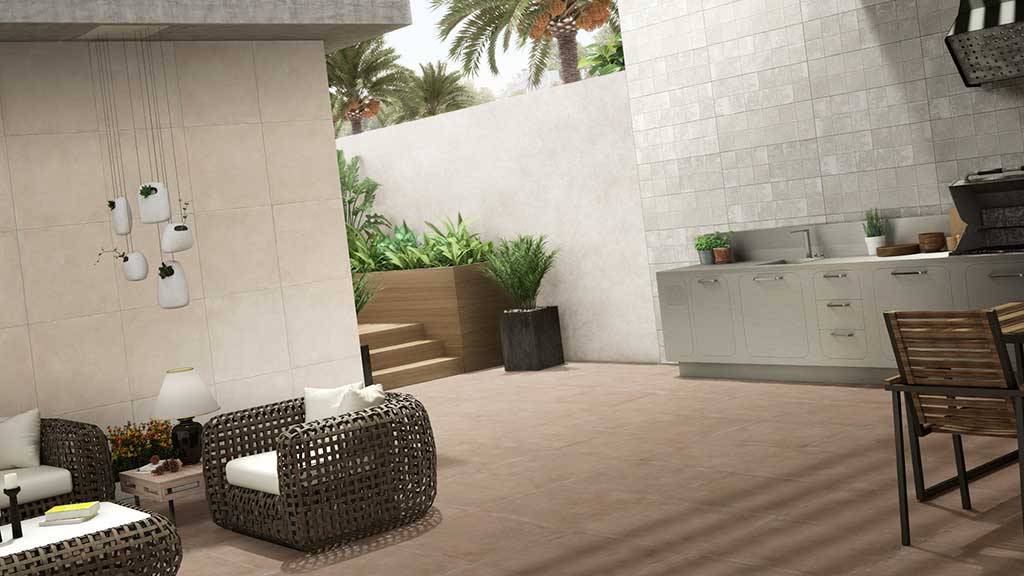
Understanding the Landscape: Russian Ceramic Production at a Glance
Before evaluating competitiveness, it’s crucial to understand the foundation upon which the Russian ceramic industry stands. Over the past two decades, Russia has strategically invested in modernizing and expanding its ceramic production facilities. This was largely driven by a booming domestic construction sector, a desire for import substitution, and the availability of rich natural resources like high-quality clays, quartz sands, and feldspars within its borders.
What has emerged is a vibrant industry comprising several large, modern factories equipped with state-of-the-art machinery, often sourced from leading European and Asian manufacturers. These factories are increasingly capable of producing a wide range of porcelain tiles, from standard formats to the increasingly popular large-format slabs, as well as specialized technical porcelains. The sheer scale of domestic demand, coupled with governmental support for local industries, has created a fertile ground for growth. However, transitioning from a primarily domestic-focused industry to a globally competitive player requires navigating a more complex set of challenges and leveraging specific advantages.
Pillars of Competitiveness: A Multifaceted Analysis
The competitiveness of any product, especially in a globalized market, is determined by a confluence of factors. For Russian porcelain and slabs, these can be categorized into several key pillars:
Cost Competitiveness: The Price Advantage
One of the most immediate and impactful aspects of competitiveness is price. Russian manufacturers often possess a distinct advantage in this area, primarily due to:
- Lower Energy Costs: Russia is a major producer of natural gas and electricity. Historically, and even currently, industrial energy costs in Russia can be significantly lower compared to many European manufacturers. Given that energy (especially for firing kilns) represents a substantial portion of ceramic production costs, this provides a fundamental cost advantage. This allows Russian companies to offer their products at more competitive prices while maintaining healthy profit margins.
- Access to Abundant Raw Materials: Russia boasts vast deposits of high-quality raw materials essential for porcelain production, including various clays, kaolin, quartz, and feldspar. Proximity to these resources significantly reduces transportation costs for raw inputs compared to countries that rely heavily on imported materials. This vertical integration or close supply chain also ensures more stable pricing and availability of key components.
- Competitive Labor Costs: While skilled labor is increasingly valued and compensated in Russia, the overall labor costs remain generally lower than in Western Europe. This contributes to a lower per-unit production cost, enhancing price competitiveness. Furthermore, investments in automation and robotics are further optimizing labor efficiency.
- Economies of Scale from Domestic Demand: The sheer size of the Russian domestic market allows factories to operate at high production volumes. This enables them to achieve economies of scale, spreading fixed costs over a larger output and further reducing the per-unit cost of production. This inherent efficiency can then be leveraged when entering export markets.
Technological Advancement & Production Efficiency: Matching Global Standards
Price alone isn’t enough; modern markets demand quality and consistency. Russian porcelain and slab manufacturers have made significant strides in adopting and integrating cutting-edge technologies:
- State-of-the-Art Production Lines: New and upgraded Russian ceramic factories are equipped with the latest generation of machinery from leading global suppliers. This includes continuous pressing systems for efficient large-format slab production, advanced multi-bar digital inkjet printers for high-definition design, and energy-efficient roller kilns. These technologies ensure high product quality, precision, and consistency.
- Digital Glazing and Decoration: The ability to replicate natural materials like marble, wood, and concrete with incredible realism is crucial. Russian manufacturers have invested heavily in sophisticated digital glazing and decoration technologies, allowing them to produce visually stunning and diverse product lines that meet global aesthetic standards. They can create unique patterns, textures, and finishes that were previously only possible with natural stone or wood, but with the added benefits of porcelain’s durability.
- Automation and Quality Control: To handle the increasing volume and size of products, automation is key. Robotic handling systems are widely implemented for stacking, packaging, and sorting, reducing manual labor, improving efficiency, and minimizing damage. Furthermore, sophisticated AI-powered vision systems are employed for real-time quality control, detecting even minute flaws and ensuring that only defect-free products reach the market. This commitment to quality is paramount for global acceptance.
- Research and Development (R&D) Focus: While some technology is imported, there’s a growing emphasis on localized R&D to optimize processes, develop new product characteristics (e.g., enhanced slip resistance, antibacterial surfaces), and innovate in material composition. This allows Russian companies to tailor products to specific market needs and potentially create unique offerings.
Product Range and Design Capabilities: Meeting Market Demands
Beyond cost and technology, the ability to offer a diverse and appealing product range is vital for competitiveness.
- Versatile Product Portfolios: Russian ceramic companies are producing a wide array of products, from standard porcelain tiles for residential and commercial flooring to massive porcelain slabs suitable for countertops, facades, and large wall cladding applications. This broad portfolio allows them to cater to various market segments and project types.
- Mimicking Natural Materials: A key trend in the global market is the desire for materials that authentically replicate natural stone, wood, and concrete. Russian manufacturers, leveraging their advanced digital printing capabilities, excel at producing porcelain designs that are virtually indistinguishable from their natural counterparts, offering the aesthetic appeal without the maintenance issues or cost associated with natural materials.
- Trend Awareness and Responsiveness: Russian designers and product development teams are increasingly attuned to international design trends, attending global exhibitions and collaborating with architects and interior designers. This ensures their product offerings remain fresh, contemporary, and aligned with evolving consumer preferences in both domestic and export markets. The focus isn’t just on producing volume but producing relevant and desirable designs.
- Customization and Niche Products: Some Russian manufacturers are also offering a degree of customization for larger projects, or developing niche products such as outdoor porcelain pavers, anti-slip tiles, or technical porcelain for industrial applications. This diversification helps them capture specific market segments.
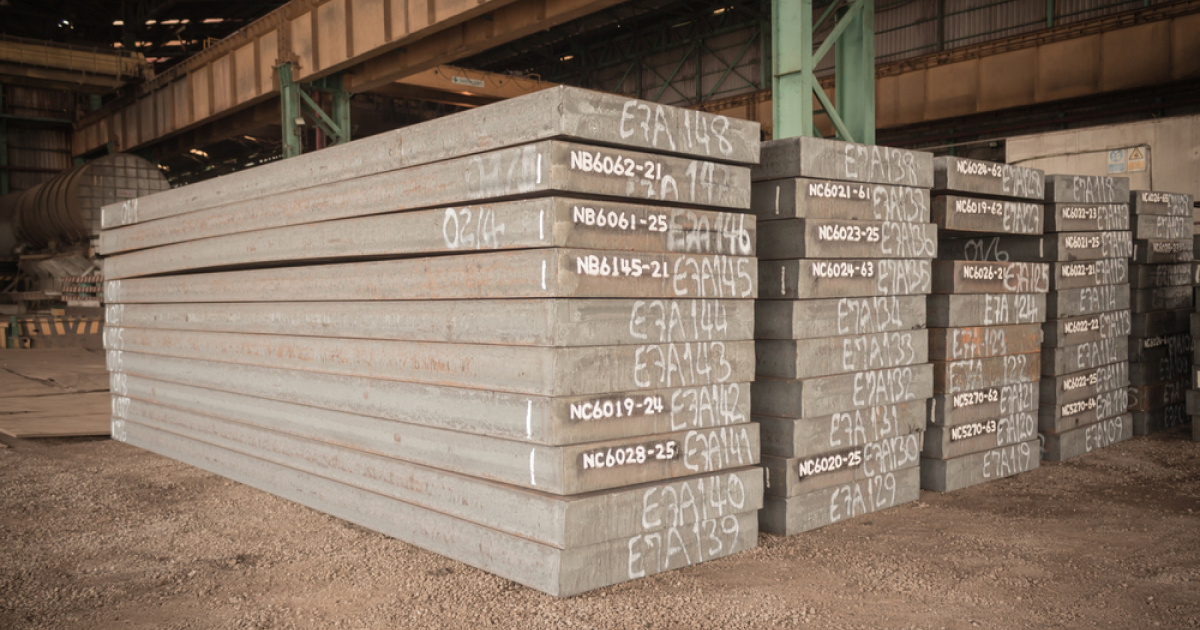
Market Penetration and Distribution Channels: Reaching the Customer
Effective market penetration and robust distribution networks are non-negotiable for competitiveness.
- Strong Domestic Presence: Russian manufacturers have established extensive distribution networks across the vast Russian Federation, leveraging strong relationships with construction companies, retailers, and design studios. Their understanding of regional specificities and consumer preferences gives them a significant advantage in their home market. The sheer logistical challenge of distributing products across such a large country has led to the development of sophisticated internal logistics.
- Expanding Export Footprint: While historically focused inward, Russian ceramic companies are actively pursuing export opportunities. Their primary export markets often include CIS countries (e.g., Belarus, Kazakhstan), where cultural and logistical ties are strong. Increasingly, they are also targeting markets in the Middle East, North Africa, and even some parts of Asia and Europe. Participation in international trade fairs, establishing overseas sales offices, and partnering with local distributors are key strategies in this expansion.
- E-commerce and Digital Marketing: Recognizing the importance of online presence, many Russian manufacturers are investing in robust e-commerce platforms and digital marketing strategies to reach a wider audience and streamline sales processes, both domestically and internationally. This allows direct engagement with architects, designers, and end-users.
Brand Reputation and Certifications: Building Trust
In a competitive market, trust and perceived quality are vital.
- Improving Brand Perception: Historically, Russian products might have faced a perception challenge compared to established European brands. However, with consistent quality improvements, cutting-edge designs, and successful project references, Russian ceramic brands are steadily building a stronger reputation for reliability and sophistication. Marketing efforts are increasingly focused on showcasing technological prowess and design excellence.
- International Certifications: To compete globally, adherence to international quality standards (e.g., ISO, CE marking for European markets) is crucial. Many leading Russian manufacturers are actively seeking and obtaining these certifications, which demonstrate their commitment to quality and facilitate market access in regulated regions. This provides external validation of their product quality and manufacturing processes.
- Project References and Case Studies: Showcasing successful installations in high-profile commercial and residential projects, both domestically and internationally, helps build a strong brand reputation and provides tangible proof of product performance and aesthetic appeal.
Challenges to Competitiveness: Hurdles on the Path to Global Leadership
Despite the significant strengths, Russian porcelain and slab products face several challenges in their quest for greater competitiveness:
- Brand Recognition Gap: Compared to globally renowned Italian or Spanish brands, Russian ceramic brands still have a considerable gap in international recognition and prestige. Overcoming this requires sustained marketing efforts, participation in global events, and consistent product excellence over time.
- Logistical Complexities and Costs for Exports: While domestic logistics are well-developed, exporting to distant markets can incur significant transportation costs and logistical complexities, potentially eroding the initial cost advantage. Navigating customs regulations, international shipping, and varied market demands adds layers of difficulty.
- Geopolitical Factors and Sanctions: Geopolitical tensions and associated sanctions can create barriers to trade, impact access to certain technologies or components, and influence international buyer perception, posing significant hurdles for export growth. This creates uncertainty and can limit market access.
- Currency Fluctuations: Exchange rate volatility can impact the pricing competitiveness of Russian exports. A strong ruble can make exports more expensive, while a weaker ruble can boost competitiveness but also increase the cost of imported machinery or spare parts.
- Innovation Pace of Global Rivals: The leading global players continuously innovate in terms of technology, design, and sustainability. Russian manufacturers must maintain a high pace of investment in R&D and stay abreast of the latest trends to avoid falling behind.
- Perceived “Quality” vs. “Value”: While Russian products offer excellent value, some international buyers might still associate “value” with lower quality. Changing this perception requires consistent messaging, robust quality assurance, and compelling product demonstrations.
Strategies for Enhanced Competitiveness: The Path Forward
To solidify and expand their competitive position, Russian porcelain and slab manufacturers are implementing various strategies:
- Continued Investment in Advanced Technology: The commitment to upgrading existing lines and investing in new, highly automated, and energy-efficient production facilities will remain paramount. This includes exploring emerging technologies like AI for predictive maintenance and advanced material science.
- Aggressive Export Market Diversification: While CIS countries remain important, manufacturers are actively seeking to diversify their export portfolio beyond traditional markets, targeting regions with high growth potential and less intense competition from established players. This involves thorough market research and tailored product offerings.
- Strengthening Brand Image and Marketing: Increased investment in international marketing campaigns, participation in major global trade fairs (e.g., Cersaie, Coverings), and collaboration with international architects and designers will be crucial to elevate brand recognition and perceived quality. Telling the story of Russian innovation and quality is key.
- Sustainability and Green Production: Aligning with global trends, a strong focus on sustainable production practices, including waste reduction, water recycling, and lower carbon footprint manufacturing, will enhance competitiveness, especially in environmentally conscious markets. Achieving relevant green certifications will be important.
- Focus on Niche Markets and High-Value Products: Beyond mass-market offerings, specializing in high-value products like ultra-thin slabs, technical porcelain for industrial applications, or custom-designed solutions can provide higher margins and differentiate Russian manufacturers from competitors.
- Strategic Partnerships and Collaborations: Forming alliances with international distributors, design studios, or technology providers can facilitate market entry, knowledge transfer, and joint product development, accelerating growth and enhancing global reach.
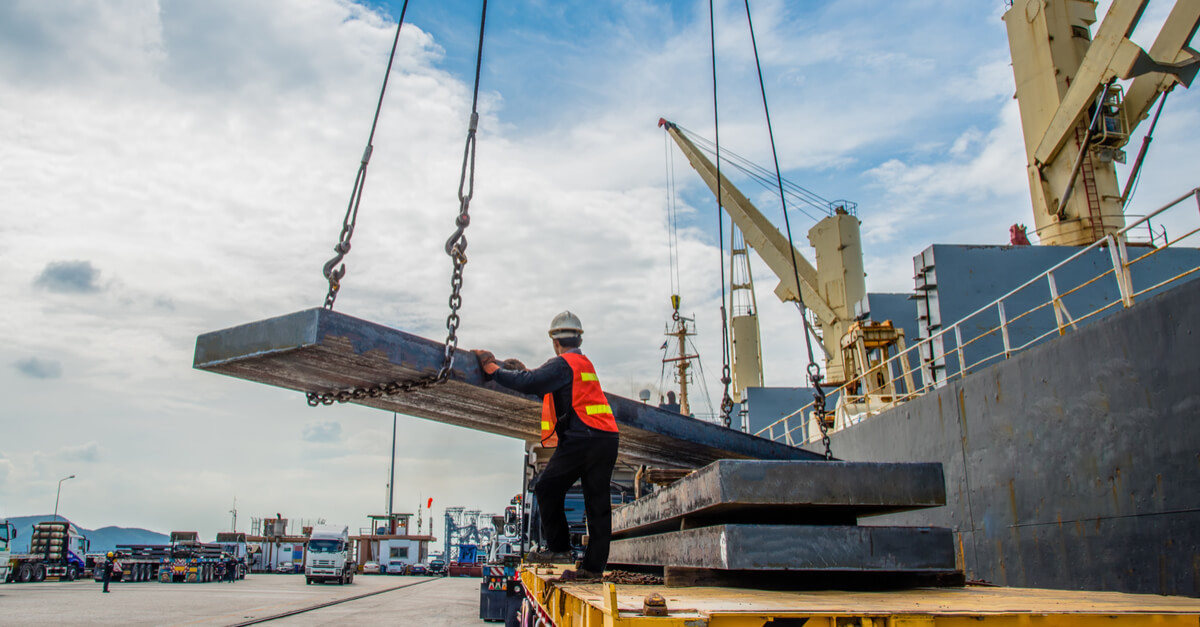
Conclusion: Russia’s Emerging Force in Global Ceramics
The comprehensive analysis reveals that Russian porcelain and slab products are rapidly asserting their competitiveness in both domestic and international markets. Leveraging significant cost advantages rooted in favorable energy prices and abundant raw materials, coupled with substantial investments in cutting-edge production technologies, advanced digital design, and sophisticated automation, Russian manufacturers are now capable of producing high-quality, aesthetically appealing ceramics that stand toe-to-toe with global benchmarks. Their strong domestic market presence provides a solid foundation, allowing them to achieve economies of scale and refine their capabilities before venturing further into export markets.
While challenges remain, particularly in global brand recognition, logistical complexities for distant exports, and navigating geopolitical dynamics, the strategic trajectory is clear. Russian ceramic companies are actively addressing these hurdles through continued technological advancement, aggressive market diversification, enhanced branding efforts, and a growing commitment to sustainability. As the global demand for durable, versatile, and beautiful ceramic surfaces continues to surge, Russia is poised to play an increasingly significant role, not just as a supplier but as an innovative and competitive force, reshaping the future landscape of the international porcelain and slab industry.
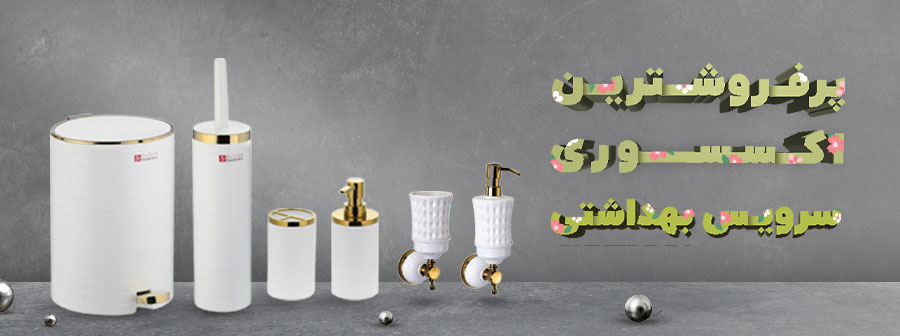
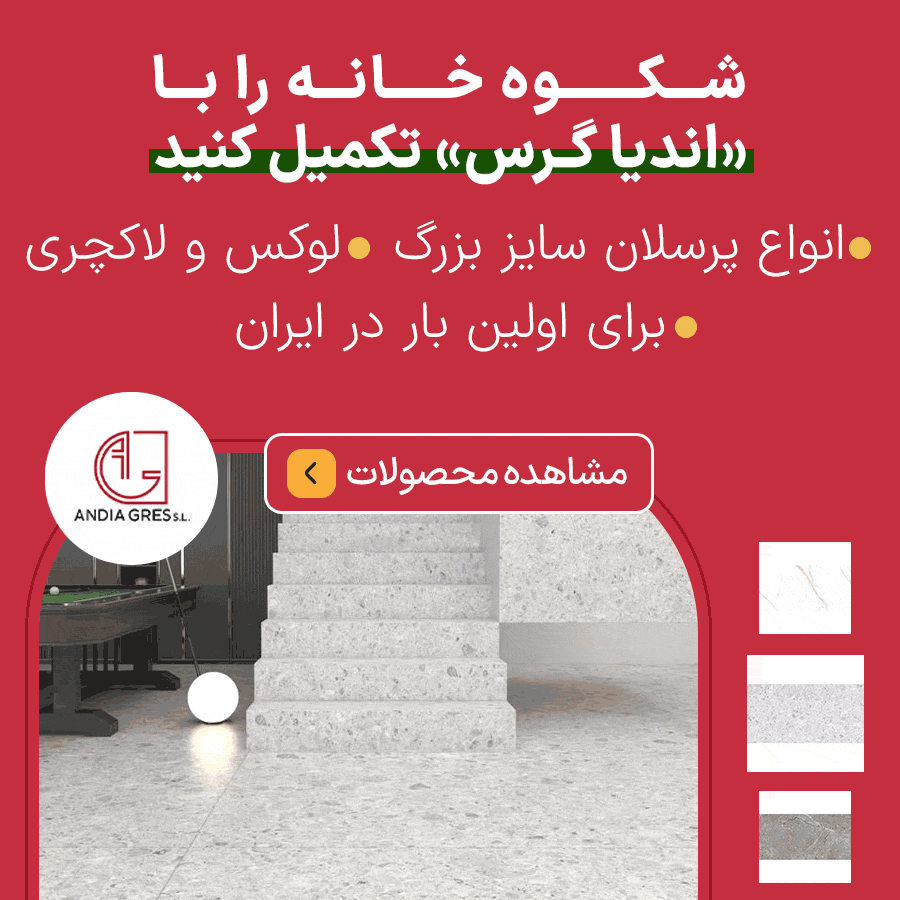
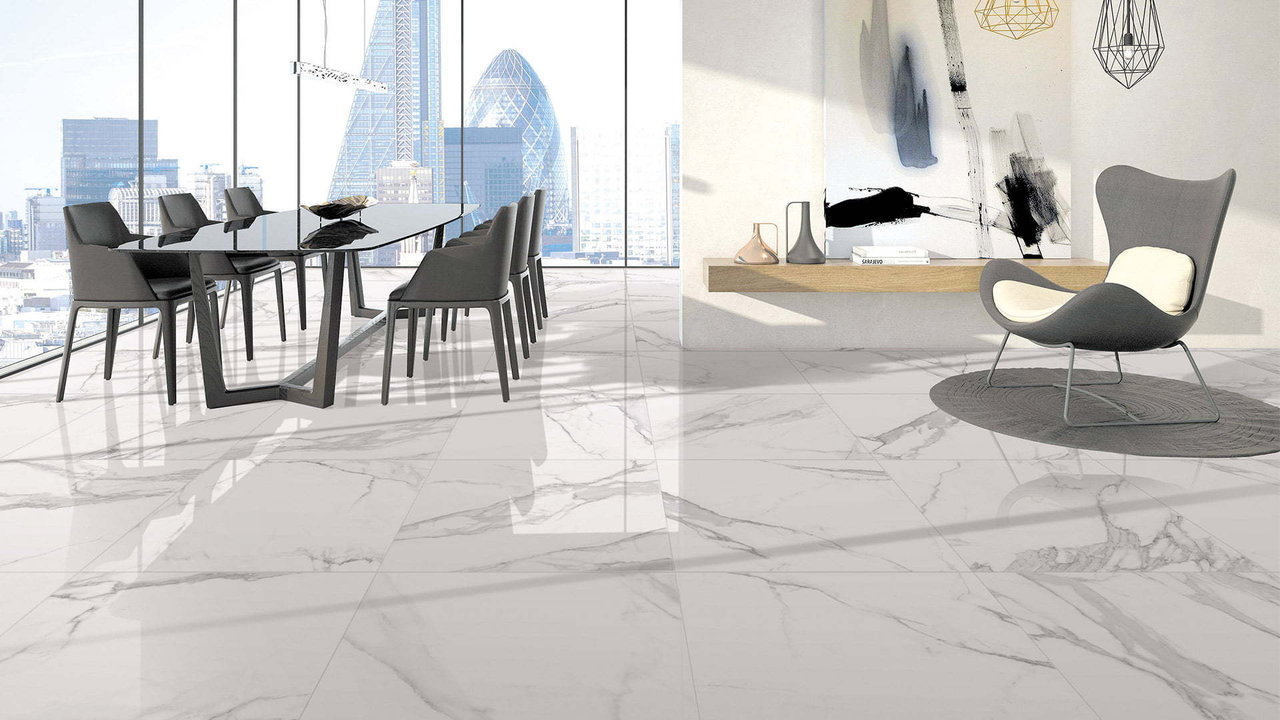
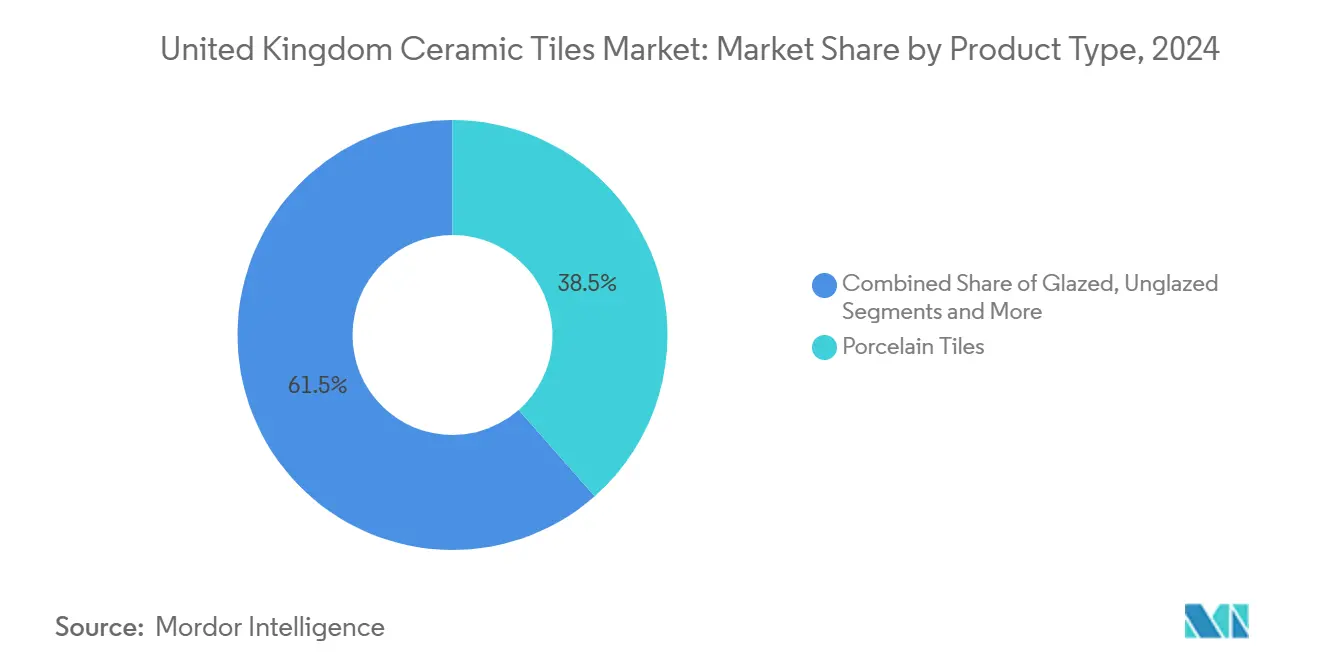
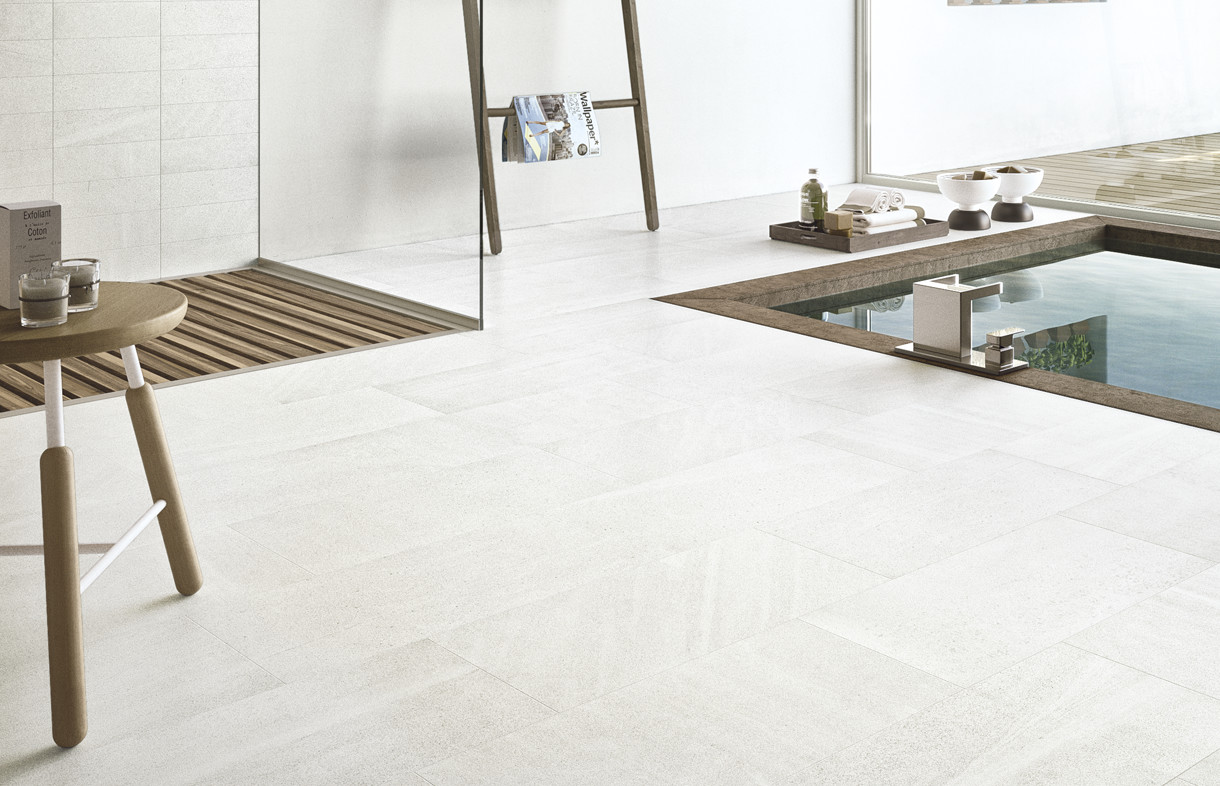

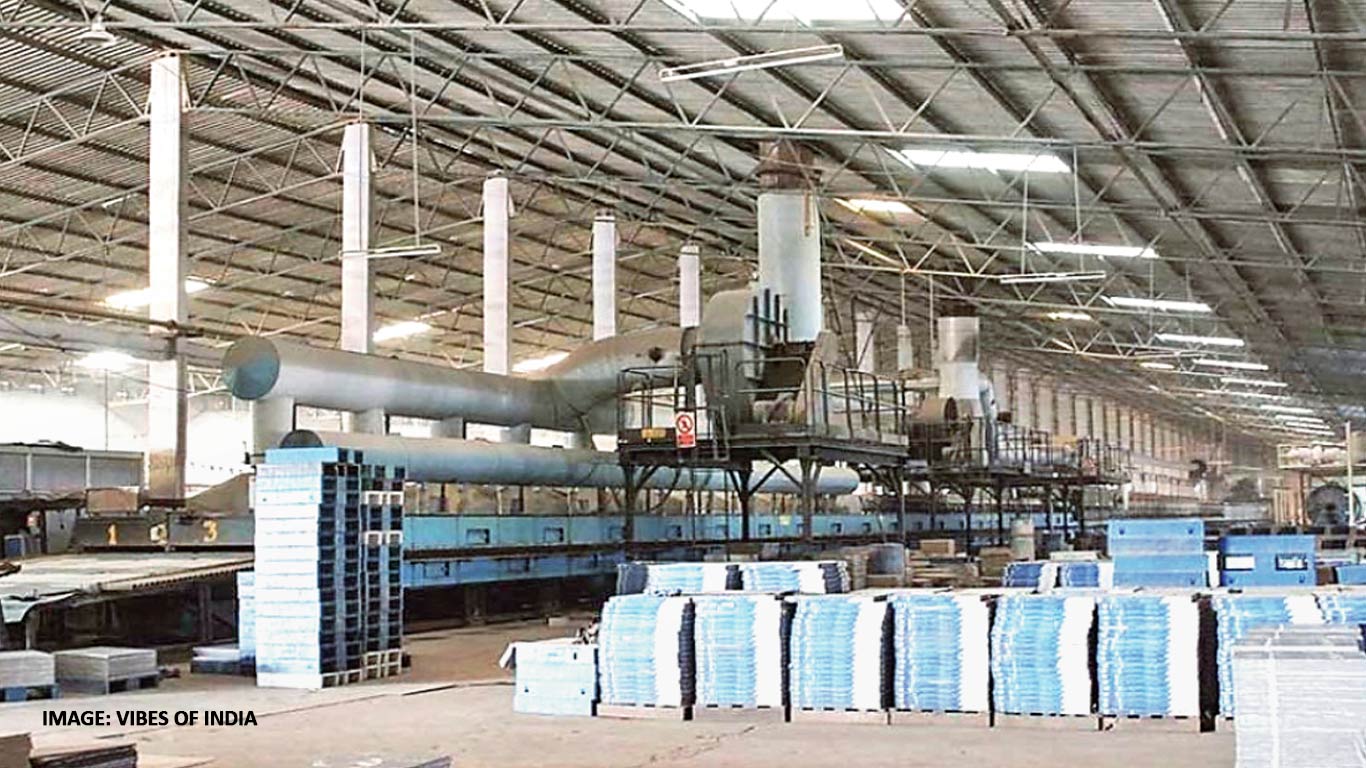
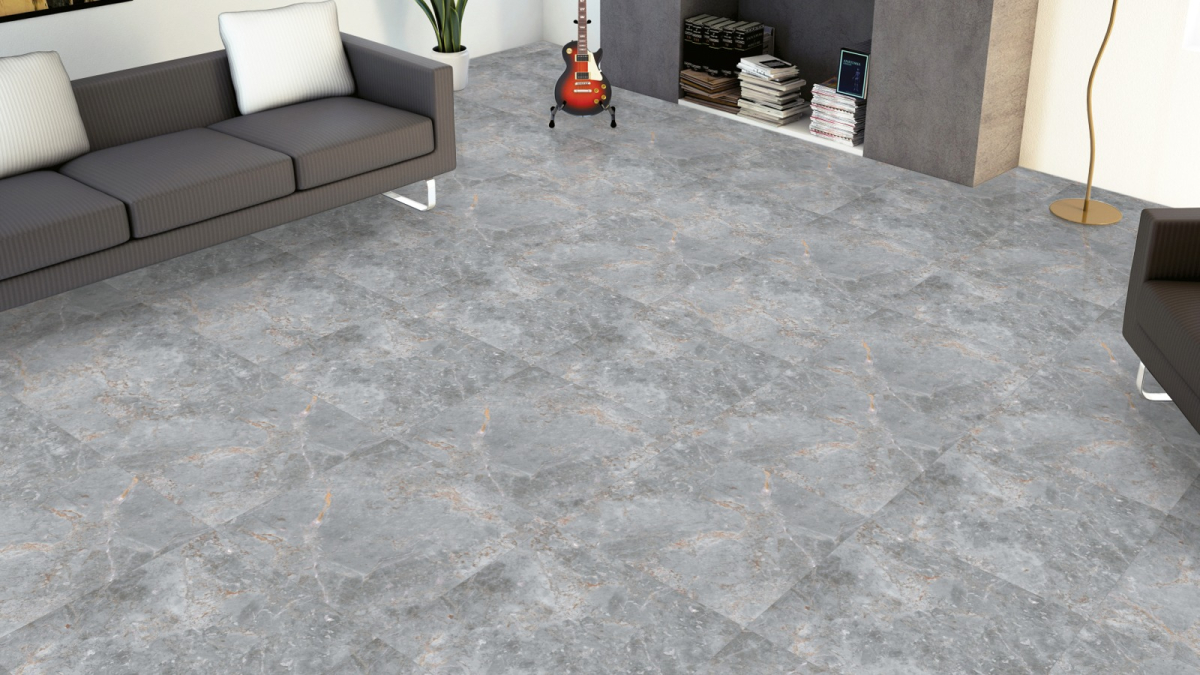
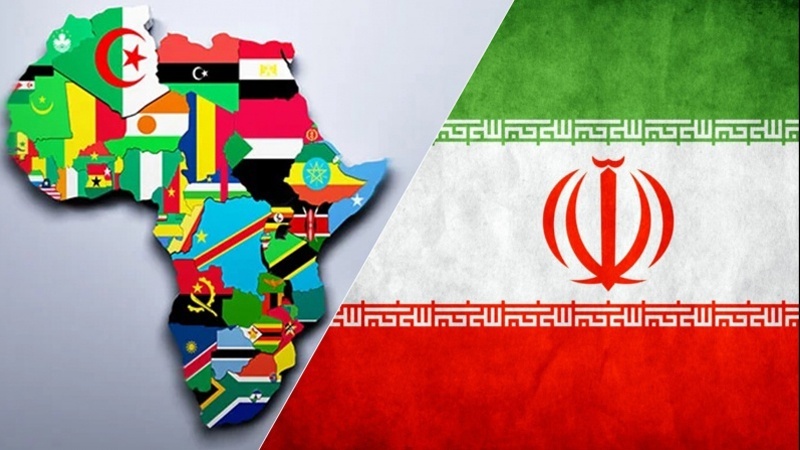
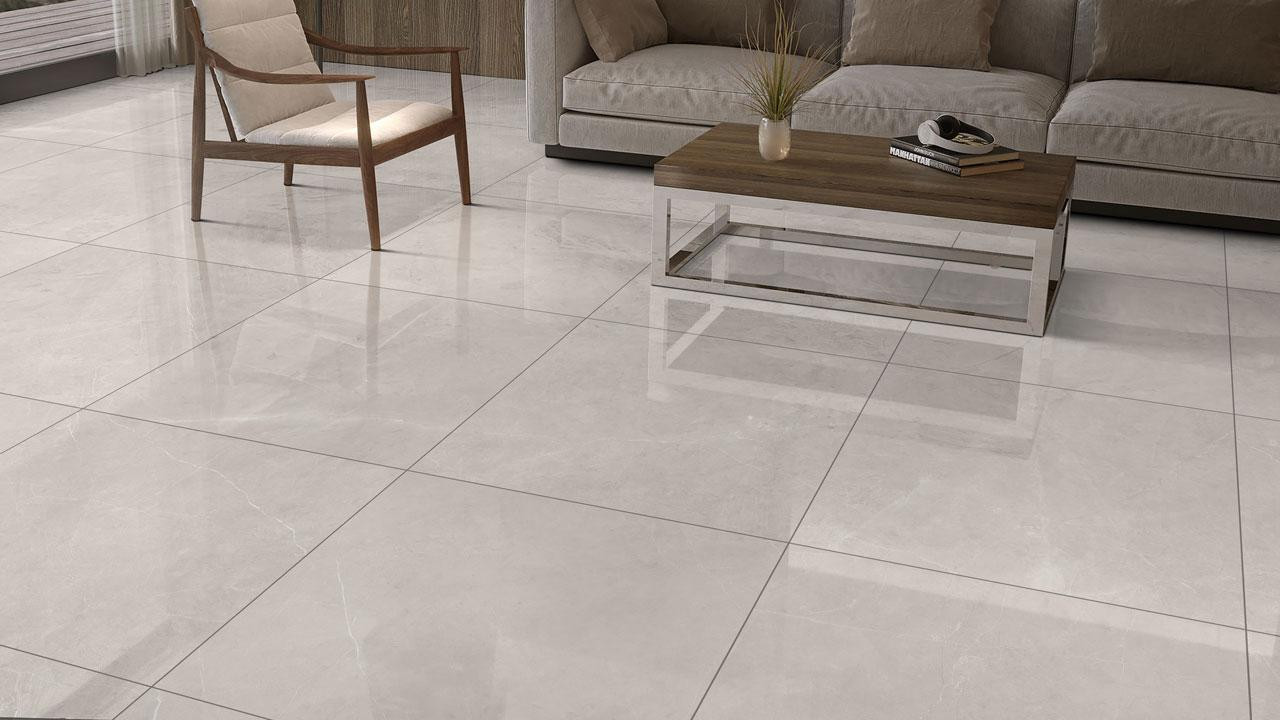
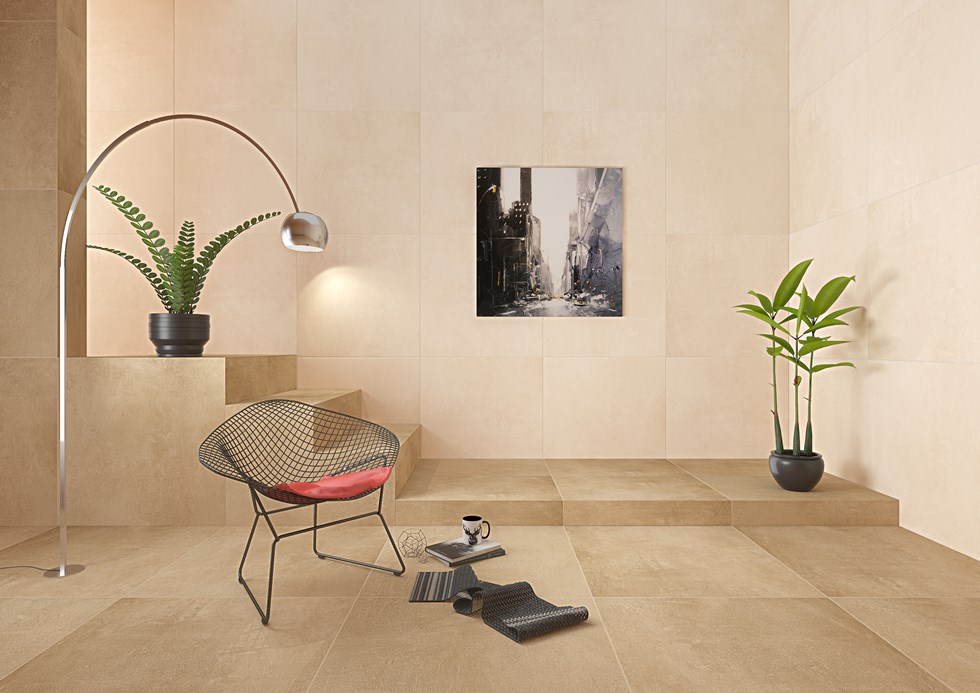
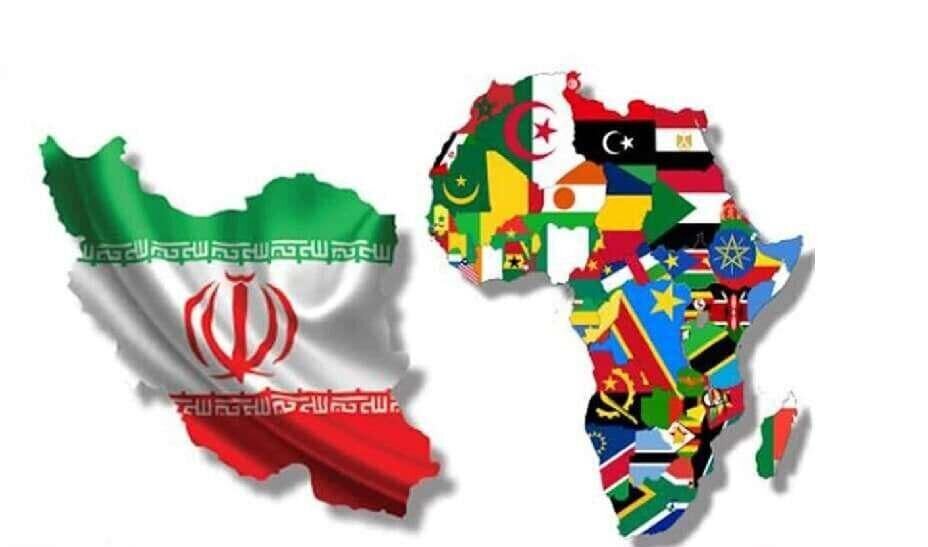
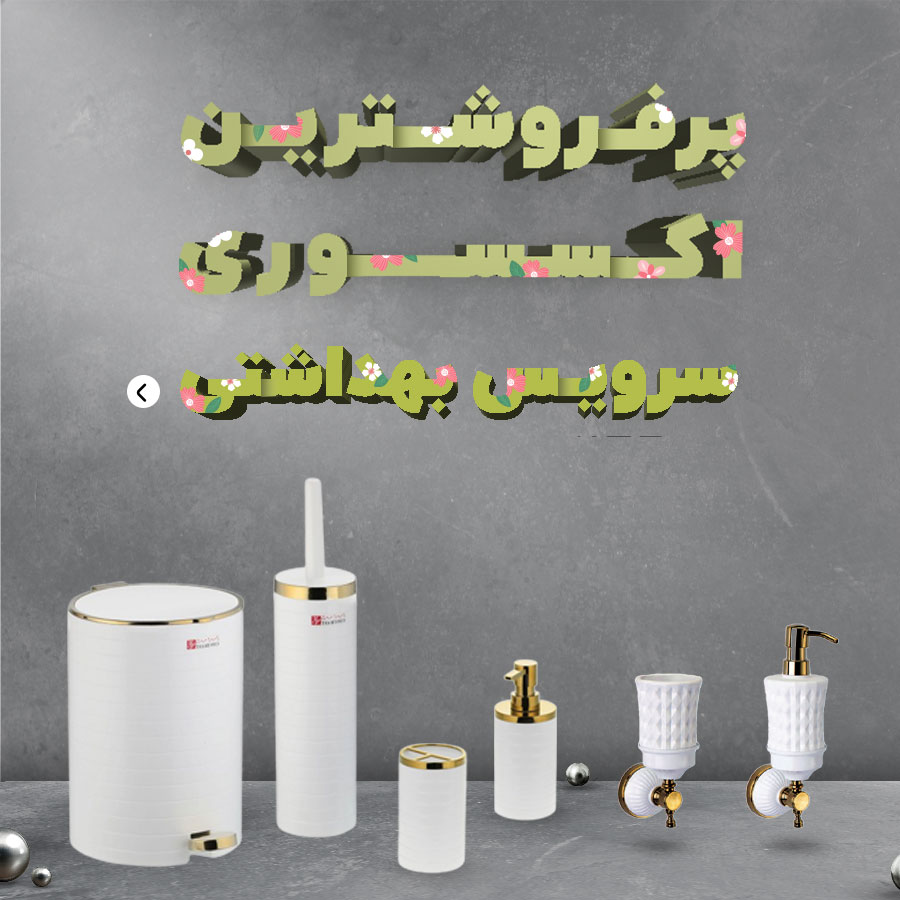

نظرات ۰